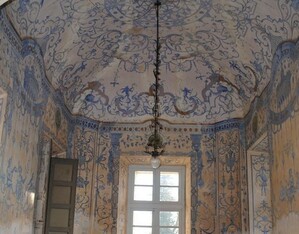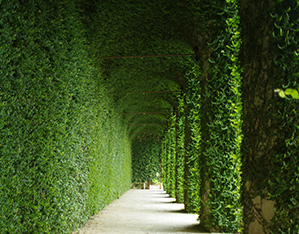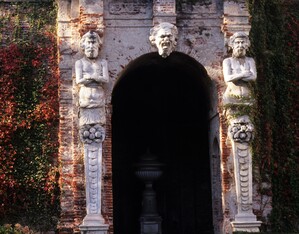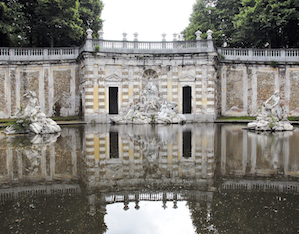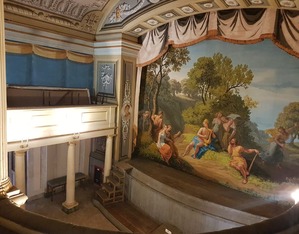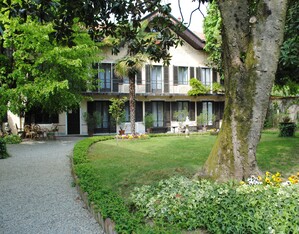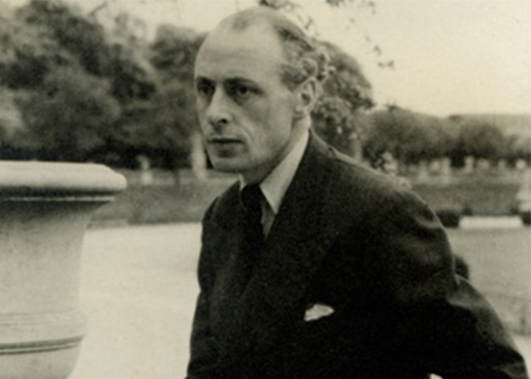A hidden gem in the Canavese region in Piedmont: among all the gems of the “Corona delle delizie” (the House of Savoy’s network of hunting and “loisir” retreats), with its park and gardens Castello di Agliè is truly unique in charm, monumentality and grandeur.
One of the royal residences of Piedmont, this unaltered mid-17th century complex boasts a unique balance between nature and architecture. Originally built for the Marquis of San Martino, Castello di Agliè was bought by the Savoia family in 1765 to be transformed into a countryside retreat for the son of Charles Emmanuel III, Benedetto Maurizio, Duke of Chiablese. From 1767 to 1775, head of the Royal Gardens Michel Benard and royal architect Birago di Borgaro worked together on an expansive project that incorporated pre-existent routes and elevations. In 1829, Xavier Kurten redesigned the vast park according to the principles of Romantic landscape gardening. The garden adjacent to the villa, however, was left untouched and today still resonates with 17th-century Italian-garden aesthetics, featuring greenhouses overlooking the elevated garden, large stairways leading down to the lower garden section grottoes with telamon sculptures, talus walls covered in climbing plants, an outstanding Neo-Baroque 19th-century parterre, and a large circular basin with its high jet of water. On the terraces grow citrus trees originally from the Palazzo Reale of Turin. The park with its many winding routes and vast grassy lawn also features a small lake with an islet and a jetty. Not far off there are some ancient ruins from the “La Ruffinella” villa in Frascati, creating a suggestive landscape. On the right side of the park the gate frames a view of


